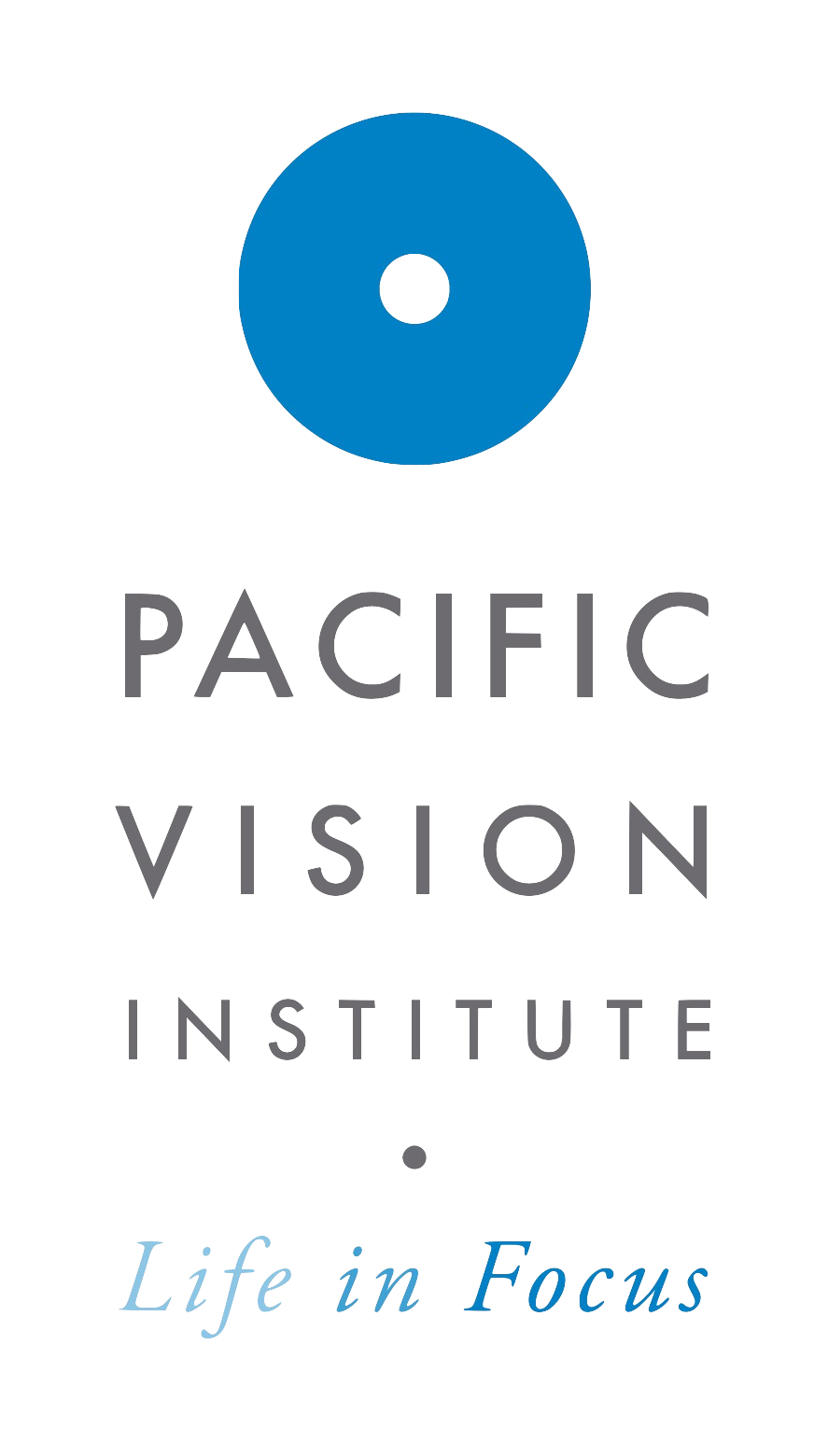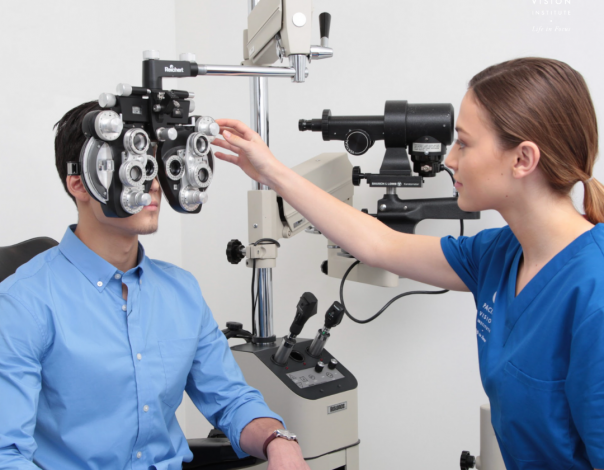When Should I See An Eye Doctor?
When experiencing issues with one’s eyes or eyesight, an eye care specialist can assist in making a diagnosis. Eye doctors can evaluate medical conditions in the eyes and treat them. They specialize in treating a wide array of eye conditions, including dry eye syndrome, cataracts, diabetic eye disease, glaucoma, macular degeneration, and eyelid issues such as blepharitis and styes. But there are many reasons you may be referred to an eye doctor for treatment.
Many serious eye conditions are undetected until they are very far along in their development. This is especially true for conditions such as diabetic eye disease, glaucoma, or macular degeneration. As such, eye exams are a vital part of every general health protocol. Even slight eye redness, pain, and light sensitivity can be signs of a more serious eye disease which can only be diagnosed with an eye exam.
Here are some signs that it is time to see an eye doctor:
You are experiencing vision changes
Intermittent vision changes that get better after blinking are often a sign of dry eye. Worsening vision could be a sign that one’s glasses need to be updated, but it can also be an indication of cataract development. Additionally, those who are experiencing a distortion in central vision, flashes, floaters, or shadows may also be dealing with a retinal problem and need a more serious assessment of their symptoms.
You have corneal problems such as corneal erosions
Corneal erosions is an irritating condition that often worsens over time. Sufferers often find that it is more difficult for them to read or look at screens for extended periods of time. Severe cases of corneal erosions can even lead to corneal scarring. Ophthalmologists check for this condition by putting patients under a slit lamp. A yellow stain known as fluorescein is then put into the eyes to examine the cornea. Treatments include hypertonics, stromal puncture, and PTK.
Your eyes are bloodshot and look red
In most cases, eye redness is not a sign of any serious condition. That said, it can potentially be a sign of internal or external inflammation of the eyes. While redness on its own is not always a cause for alarm, redness accompanied by pain must be taken very seriously. Assessing red eyes involves a vision assessment and a slit lamp exam. There may also be a dilated exam if needed.
Your eyes are hurting
Eye pain can be an indication of eye issues such as dry eye, episcleritis, or intraocular inflammation (otherwise known as uveitis). Headaches and sinus disease may also be an underlying cause of eye pain. Whatever the case may be, chronic eye pain requires an ophthalmic assessment to make sure that eye disease is not the cause.
You are suffering from chronic headaches or eye pressure
Patients who are experiencing pressure in their eyes must get checked out to make sure there are no signs of glaucoma. In most cases, headaches and eye pressure are simply signs of neurological or sinus issues. That said, glaucoma is a serious condition, as it threatens one’s vision but is usually undetectable until it’s too late. Glaucoma symptoms do not show up until the disease is far along and the patient is at risk of going blind.
What is the takeaway?
Eye issues are often not taken seriously enough. Protecting one’s eyes is incredibly important, both for eyesight and overall well-being. Patients would do well to get checked out by an eye doctor on a regular basis.

